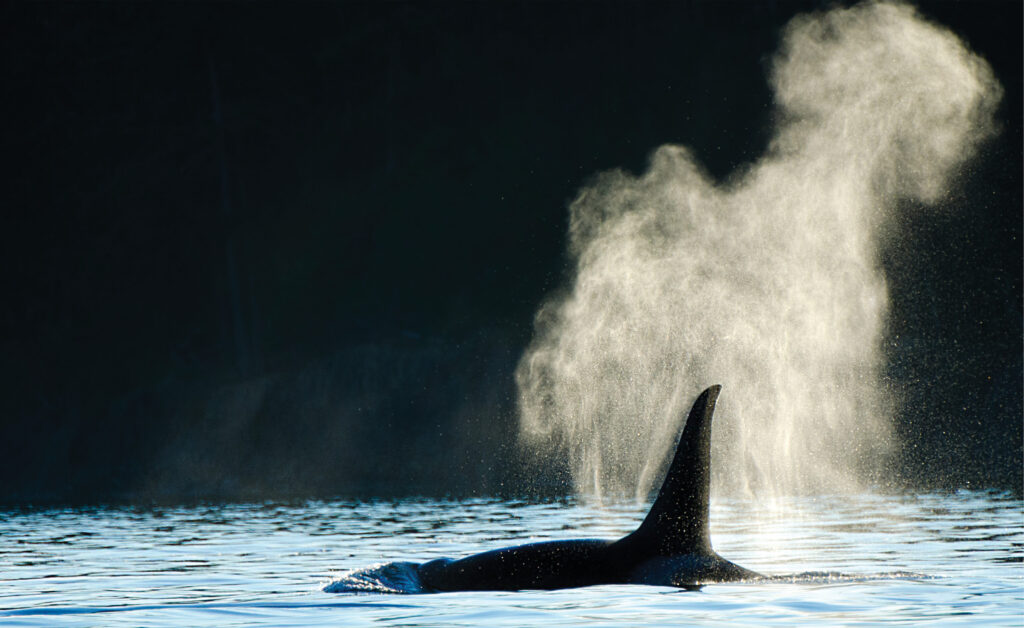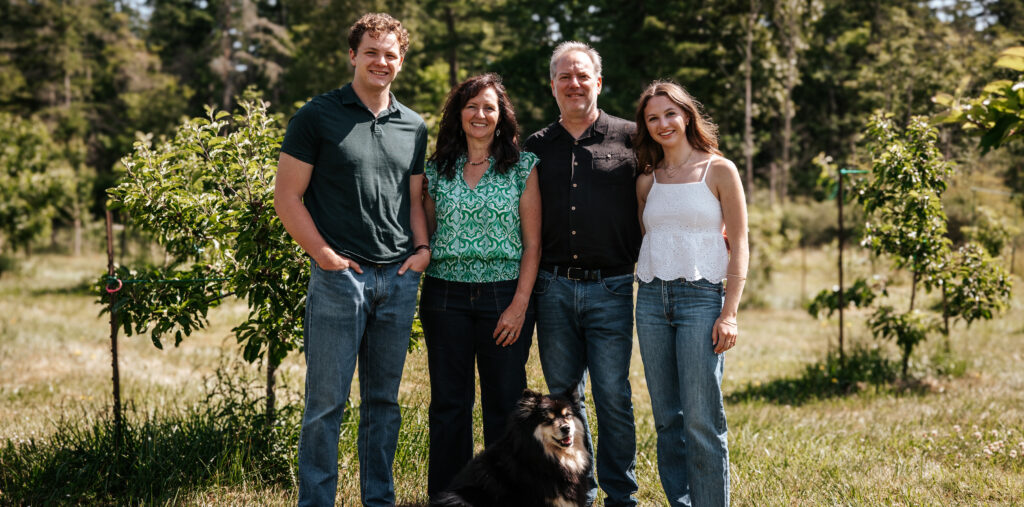by Jesse Holth –
There’s a new future on the horizon for Sidney Whale Watching – the company is now officially owned by the Tsawout First Nation. “We just had our grand opening celebration in September,” says Conrad Young, Interim Lands Manager and Economic Development Director at Tsawout Nation.
“Our whale watching company was previously owned and operated by Mike Child,” Conrad explains. Since Child is a member of the Kwakiutl Nation, located on northern Vancouver Island, there is another step to make the transition to Tsawout complete. “We’re hoping to have a transfer of ownership ceremony with the proper cultural protocols,” says Conrad.
So what’s next for this new chapter in the business? “We’re talking about a possible rebranding,” says Conrad, “which would include some components of cultural significance and understanding to Tsawout.” This could mean hiring a local Tsawout artist to design a new logo and branding for the company. “We may have a naming contest, and look for an artist that can express the cultural name and its significance in the rebranding, with what would be a Tsawout culturally appropriate or culturally reflective name.
“One great expression came out of our celebration on September 22 – I believe it was Blake Joseph, who is a current Councillor and speaks the language – he stated how the SENĆOŦEN language speaks from a reference of being out on the water, looking toward the land. I think a lot of people were really blown away by that.” According to Conrad, “emerging from the saltwater” is one of the first themes of understanding in Tsawout Nation.
“Our mission is to connect our guests to the wonders of the Salish Sea, through education, awareness and enjoyment of orcas and other marine life,” explains Conrad. “When I think of this expression in the current vision and mission, we’ll likely imbue more of the company with cultural values of the W̱SÁNEĆ peoples. They believe in stewardship and respect, manifesting in all their legends and origin stories – the ways of living and knowing and connections to wildlife will be more evident as we express the language and culture.”
“We have two crafts: a 30-foot 12-passenger rigid hull inflatable boat, and a 30-foot 12-passenger boat with an aluminum hull. Our tours run about three to 3.5 hours and they’re seasonal, from March to October. One of the greatest things about our organization, whether it’s a tribute to First Nations people’s connection to language and territories, is that we have a 97% success rate in locating the whales,” says Conrad. “We also have a guarantee that if you don’t see whales, you can join us on another trip for free.”
Conrad explains that the magic behind these tours is quite often who your guide is. “We had one of our Council members, J.P. (John Etzel) go out on tour with a group of people from Destination Canada, Destination BC, Indigenous Tourism BC, Indigenous Tourism Canada, and some journalists who wrote articles for their readers in Germany. J.P. is a local Tsawout cultural information carrier and traditional knowledge keeper. Well, after three hours, they didn’t want to leave – they just wanted to hear more and more of the true history of these waters from the First Peoples.”
It’s this component of imbuing history that Tsawout would like to see as part of the whale watching company’s new horizons, Conrad says. “With whale watching, there needs to be a sensitivity to the marine life as from the coastal people’s understanding – relationship wise, we have just as much obligation to the wildlife and environment as we do to other human beings.
“I think whatever fits in with our cultural alignments will definitely be a staple in Tsawout economic development going forward. We’ll be looking for other similar opportunities where there’s an alignment of values. I think those are the kind of economic development initiatives that will succeed and also be sustainable.”
* Note: The Chief is the only official spokesperson for Tsawout Nation.




